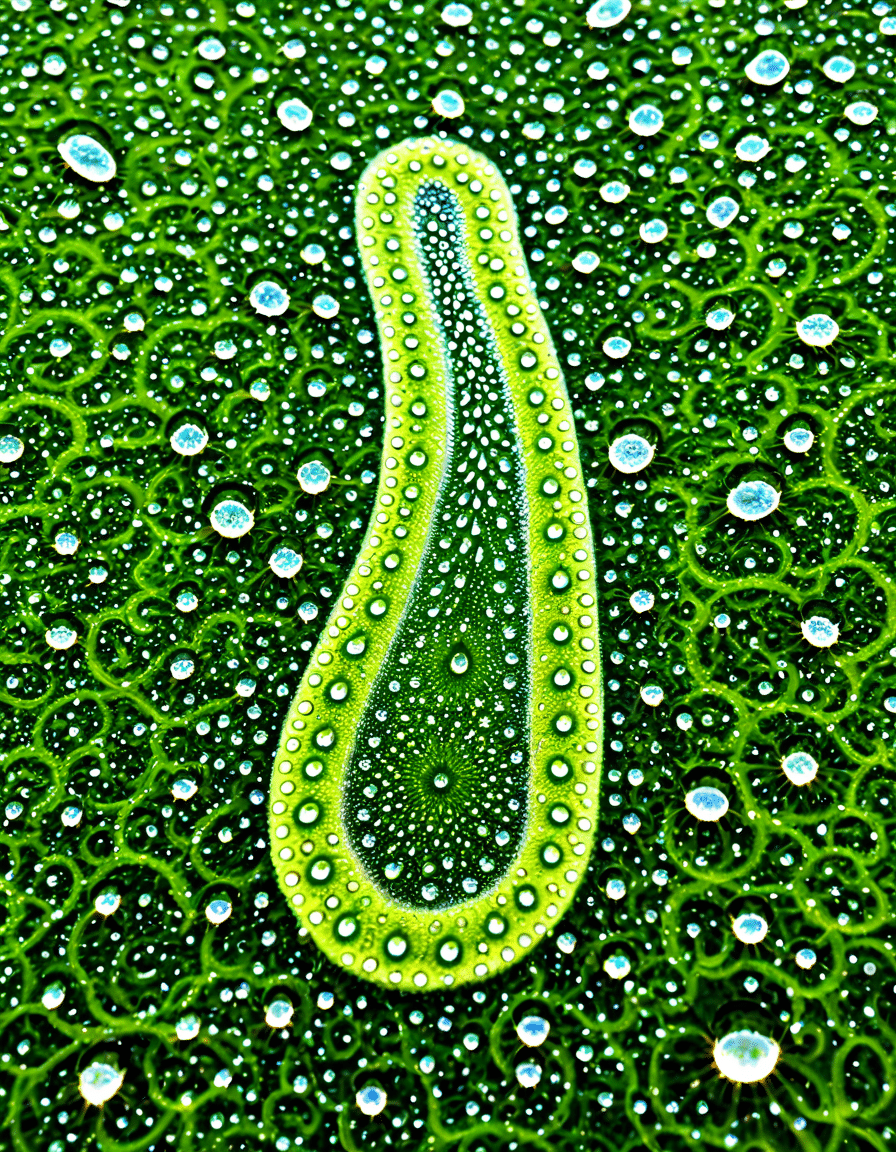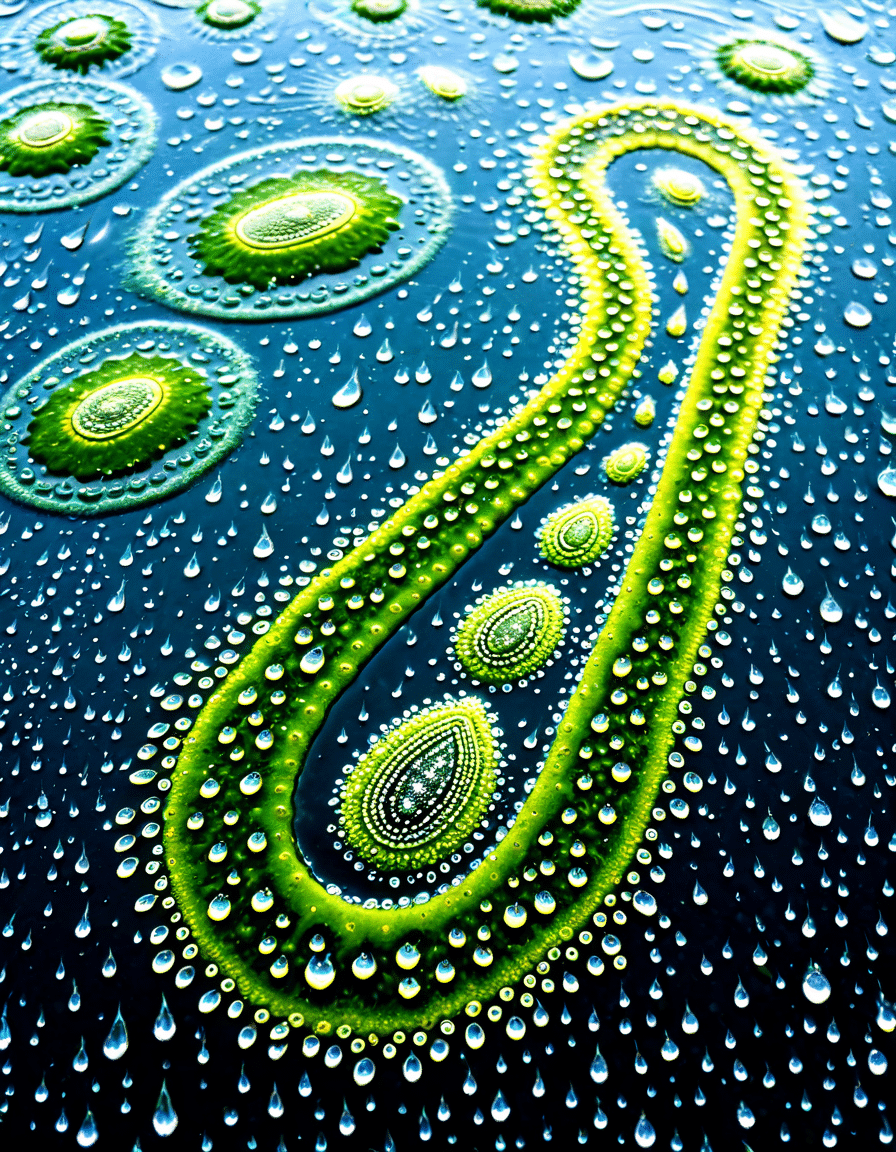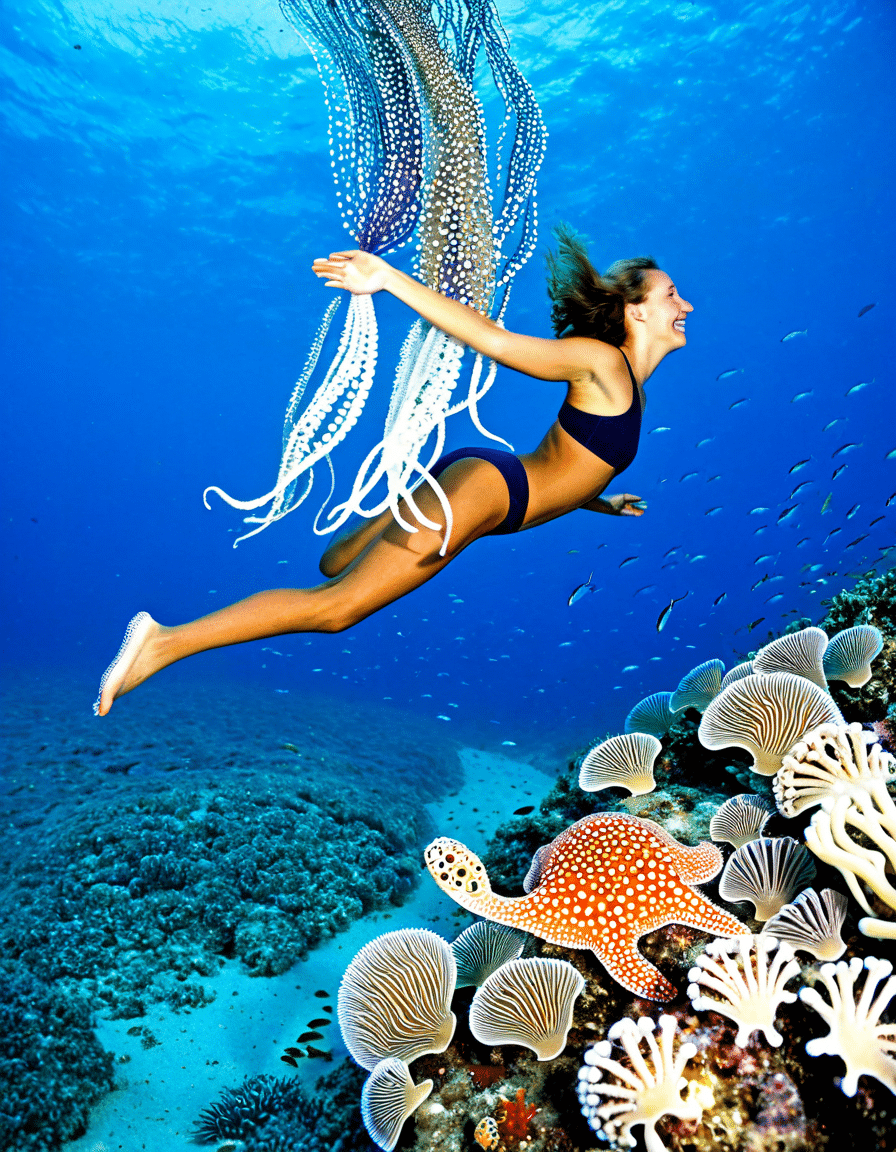
Paramecia Thrive In Microscopic Marvels Of Life
Paramecia are truly some of the most fascinating and important organisms on our planet. These tiny, single-celled creatures thrive in fresh and brackish waters, playing a crucial role in aquatic ecosystems. Not only are they intriguing from a biological perspective, but their impact stretches across scientific research and popular culture as well. In this article, we’ll dive into the amazing world of paramecia, unraveling the many layers of their existence, their relationship with notable figures, and the unexpected connections they have with our everyday lives.

1. Top 7 Fascinating Facts About Paramecia
When it comes to paramecia, there’s no shortage of astonishing facts that make these microscopic organisms special. Here are seven captivating insights about paramecia that will leave you in awe:
1. Adaptable Survivors in Diverse Environments
Paramecia showcase exceptional adaptability, flourishing in environments ranging from polluted urban waters to the clear lakes of the countryside. Their sturdy cell structure provides them with the resilience needed to survive where many microbes would struggle. This ability underscores the role of paramecia in maintaining aquatic ecosystem health.
2. Unique Method of Locomotion: Cilia
These remarkable organisms navigate through their watery habitats using cilia, tiny hair-like structures that whip around, pushing them forward. But that’s not all! Cilia also assist in feeding, sweeping food particles toward their oral groove for digestion. This ballet of cilia highlights nature’s ingenuity and captivates biologists studying micro-motility.
3. A Peep into Their Feeding Mechanism: Phagocytosis
Paramecia are heterotrophs, which means they’re all about that organic life. They use a fascinating feeding mechanism called phagocytosis, engulfing food particles like bacteria and organic debris. This process not only underscores the complexity of their feeding habits but also reveals the intricate nutrient cycling systems crucial for aquatic ecosystems.
4. Genetic Diversity and Reproduction
A standout feature of paramecia is their reproduction method. They primarily reproduce asexually through binary fission, which allows for rapid population growth. However, through a process called conjugation, they also exchange genetic material, contributing to genetic diversity. This capacity to adapt is essential for survival, especially when facing environmental shifts.
5. The Role of Paramecia in Scientific Research
In the lab, paramecia are like the unsung heroes of science! They serve as model organisms for studying cellular processes and genetics, making them invaluable in research. Their relatively simple structure makes them perfect for experiments that could echo across fields from medicine to environmental science, proving that small things can lead to big discoveries.
6. Cultural Impact: The Influence of Popular Icons
Believe it or not, paramecia have made their way into popular culture! For example, the character Cirilla from the hit Netflix series The Witcher often embodies themes of diverse ecosystems and the importance of small organisms. This connection shows how much our fascination with life, no matter how small, continues to grow.
7. Educational Tools: Engaging Young Minds
A whole new generation is learning about paramecia thanks to innovative educational platforms. Shows like CoComelon introduce children to the wonders of biology, using animated stories to make science approachable and exciting. By showcasing these microscopic marvels, they ignite curiosity about the microscopic world, fostering future scientists.

2. Paramecia and Their Surprising Connections with Influential Figures
The enchanting tale of paramecia doesn’t stop at the scientific realm; it extends into the lives of notable personalities, adding depth to their stories. Here’s how paramecia connect with influential figures like Asia Carrera, Aracely Arambula, Daphne Zuniga, and Bria Vinaite:
Asia Carrera: Unifying Microscopy and Cinema
Asia Carrera, a well-known figure who transitioned from adult films to a passion for biology, often shares her enthusiasm for science. She encourages her audience to dive into complex topics like paramecia, showing how science can bridge diverse interests. For Carrera, this understanding catalyzes unique career paths that intertwine entertainment and education.
Aracely Arambula: A Voice for Science Engagement
Mexican actress Aracely Arambula is recognized for her advocacy in science literacy. Engaging with her community, she uses stories about paramecia to inspire young audiences and highlight the wonders of biology. Her initiatives aim to ignite curiosity in future generations, nurturing a sense of responsibility towards understanding the environment.
Daphne Zuniga: Environmental Advocacy
Daphne Zuniga, famed for her roles in classic films, has pivoted into environmental activism. Her crusade to protect aquatic ecosystems relates directly to the health of microscopic organisms like paramecia. By raising awareness about their importance, she emphasizes the delicate balance needed to sustain vibrant aquatic life.
Bria Vinaite: The Intersection of Art and Science
Bria Vinaite, who captured hearts in “The Florida Project,” frequently finds inspiration from the unseen worlds around us. By drawing connections between paramecia and larger themes in her art, she demonstrates how science and storytelling can intersect. Vinaite’s artistic approach engages audiences in conversations about life that go beyond just the visible spectrum.
The Microscopic Impact of Paramecia
Although paramecia may seem tiny and inconsequential, their influence on the environment, science, and culture is far-reaching. These single-celled microorganisms contribute significantly to ecological balance and are vital in scientific research and cultural narratives. As we continue to explore the depths of their existence, we develop a deeper appreciation for their roles in the grand tapestry of life. Paramecia remind us that sometimes the most minute forms of life can have profound impacts, shaping our ecosystems, narratives, and understanding of the world around us.
So next time you hear about Koffee With Karan or watch Fruit Baskets, take a moment to think about the microscopic marvels that dwell in the waters around us. There’s a universe of small wonders waiting to inspire more than just scientific curiosity!
Paramecia: Tiny Wonders of the Microbial World
Fascinating Facts about Paramecia
Did you know that paramecia are more than just single-celled organisms? These tiny creatures, often found in freshwater environments, have a variety of fascinating features that make them exceptional. For instance, they possess a unique outer layer known as the pellicle, which gives them a distinctive slipper shape. It’s like they’re wearing their very own skin. Speaking of quirks, these little guys can reproduce both sexually and asexually—how’s that for versatility? Just imagine, it’s akin to a dynamic indie film like Burma Love, where characters show different sides of themselves.
Now, if you observe paramecia up close, you’d be entranced by their cilia—tiny hair-like structures that whip around and help them swim. Picture this: It’s like the scenes in Fruit Baskets anime where characters move effortlessly, weaving through emotional challenges. When paramecia feel threatened, they can even change shape, which is a survival skill that’s nothing short of cinematic. And while you’re digging into their attributes, check out how they play a pivotal role in aquatic ecosystems, recycling nutrients and maintaining balance. Just like how the latest Oz Perkins Movies bring complex narratives to life, paramecia serve vital functions in making ecosystems thrive.
Fun Interactions and Behavior
As if their biological traits weren’t intriguing enough, paramecia also engage in some pretty cool social behaviors. For instance, they can form temporary colonies, a little community action reminiscent of a good old-fashioned gathering. It’s like figuring out what’s on CBS tonight—everyone’s got a part to play in the show! Plus, paramecia are equipped with a fascinating defensive mechanism where they can engulf harmful bacteria, almost like they’re on a mission to protect their turf. Those who appreciate a tidy living space know the feeling—it’s similar to how people gravitate towards the comfort of the Shinji Chair, a beloved piece of furniture designed to provide relaxation amid chaos.
So there you have it! Paramecia may be microscopic, but their impact and behavior are as multilayered as a well-crafted story. They remind us that life’s intricacies, whether in a petri dish or on the silver screen, can lead to unexpected beauty and adventure. Just like learning how to draw a perfect circle, it takes practice and precision. Dive deeper into this microscopic world, and you might just discover that these tiny guys have a whole lot more to say about life than you’d expect.










